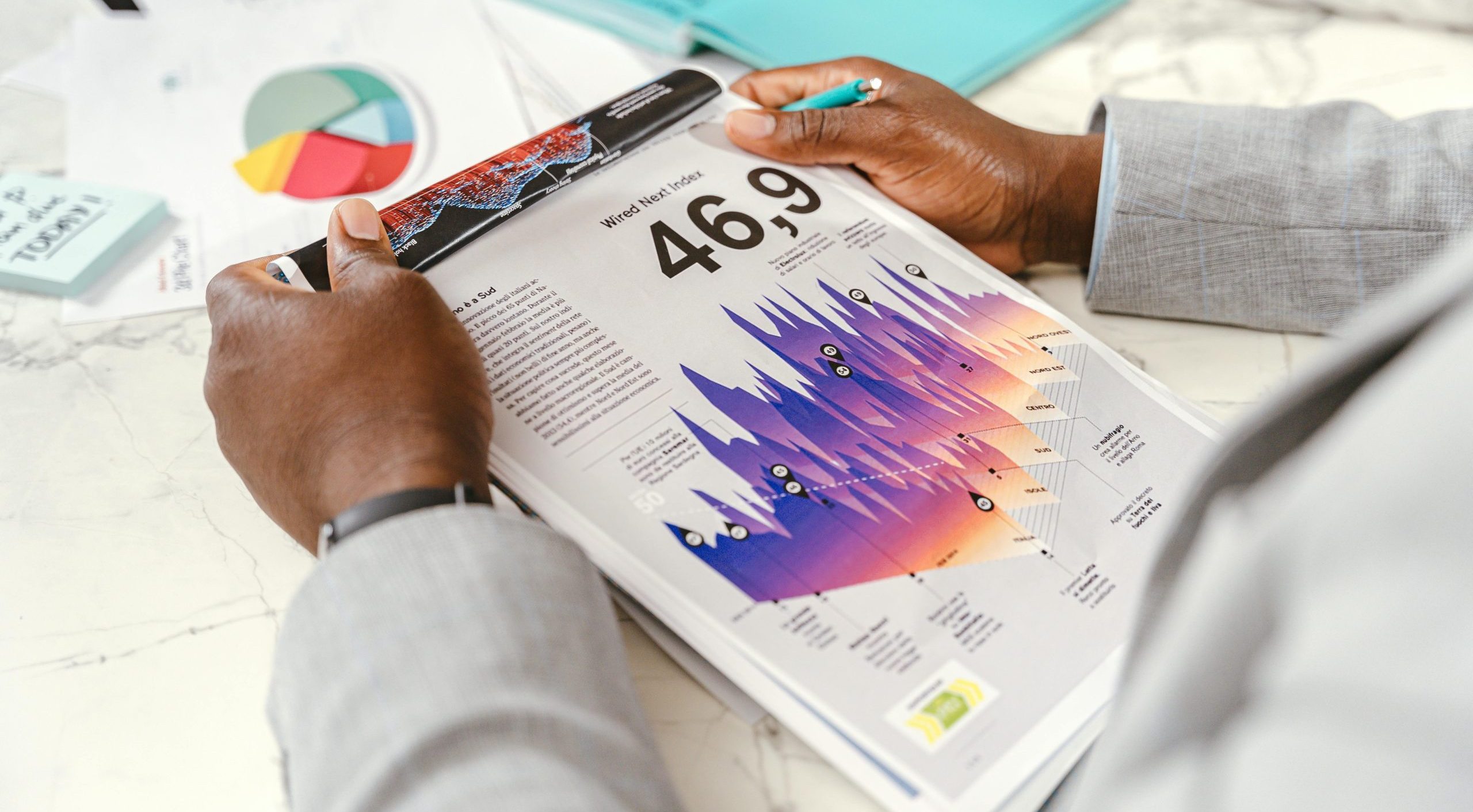Governments collect and analyze a lot of data. But they don’t always integrate it into the policymaking process. That can make programs less effective.

“Whoever makes decisions, having them see the value of using information is super important,” said Rachel Leventhal-Weiner, Director of Evaluation and Impact at the Connecticut Office of Policy and Management. Collaboration between decisionmakers and the people who work with data can be a challenge. Agencies need “to make that connection stronger [and] easier to manage, an easier bridge to cross,” she said.
Everyone Is a Data Person
One way to facilitate that exchange is by shifting mindsets about who is a “data person.” Often, people avoid using data because they think it’s not relevant to their jobs. Leaders may be promoted because they are the best practitioners, rather than researchers, Leventhal-Weiner explained, so they may think data is someone else’s department. It’s not.
“When I teach people about how to use data, I start from the premise that everyone is a data person,” she said. “We all use data in our personal lives. We use information all the time to make decisions about how to dress for the day [or] how to get from Point A to Point B, [but] there’s some kind of disconnect between using information in our everyday lives and using information when it comes to our work.”
Learning to Communicate
Another way to build collaboration is for data researchers and program staff to meet each other halfway.
“People who do data collection are not exactly sure what people want to know, so [they] just throw a lot of information out there and expect an audience to parse it for themselves,” Leventhal-Weiner said.
Meanwhile, “audiences typically do one of three things: They glom on to the first thing they see and [focus on] that one point. Or they read everything, but they feel confused. Or they see a lot of [data] and say, ‘I don’t want to deal with any of this!’ and make decisions without information,” she said.
Her advice for researchers is to think about questions the audience may have and present data that addresses them; for people on the program side, she recommends they formulate specific questions. “Sometimes, the questions can almost seem too basic: How many people do we serve, or how are we doing this year compared to last year?” Leventhal-Weiner said. “Shrinking the universe to a question that people can answer, that’s really transformative.”
Using Data to Decide
A third approach to alleviating the data disconnect is to realize that information the agency already has can be applied to improving processes and rulemaking. “Sometimes things are right under your nose,” Leventhal-Weiner said.
For example, if an agency has email addresses for all the people a program serves, it makes sense to send applications by email, rather than using a paper form. If most applications were returned within two weeks last year, you probably don’t need to leave the process open for 60 days this year.
In Connecticut, an Office of Early Childhood program provided in-home support visits for underserved families. The agency learned from a program evaluation that families enrolling before their children reached preschool age experienced better outcomes from the program. “So, we prioritized service for prenatal parents, rather than funding for everyone,” she said.
Using Data to Inspire
Leventhal-Weiner also recommended looking at your data through the lens of your mission. Develop measurements that can tell you how well you’re fulfilling it and what information could help meet it better.
“When you’re using your data routinely to look at what you’re doing — seeing if you’re meeting your mission — then you can start to dream about ‘what if?’,” she said. “Once you know the stats on your work, you can start to dream about what you want the stats to be.”
This article appears in our guide, “A Fresh Look at Data.” For more ideas about how to use data in important and innovative ways, download it here:





Leave a Reply
You must be logged in to post a comment.